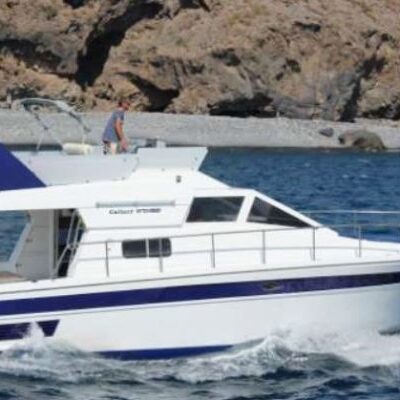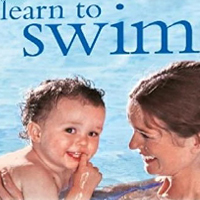

Private Surfing for Beginners in Tenerife
Personalized Surf lessons no matter age, gender, size or fitness. Get your private surf lesson with tips and a lot of fun. Surfing equipment included. Minimum 2 participants. Price 65€ per person.
Surfing with Boat Stay

Join us in Tenerife for your liveaboard boat holiday. We will liase with your recommended surfing instructors to ensure your holiday meets your expectations, whether that’s surfing for the whole group, a more relaxed pace with Pitch n Putt for the family or maybe a mix and match holiday with diving, golfing, fishing, riding, walking – it’s all down to you with affordable options living aboard our private yacht.
Sample Prices with 7 day boat stay

































 <————- This is me on holiday in Tenerife 2003.
<————- This is me on holiday in Tenerife 2003.
